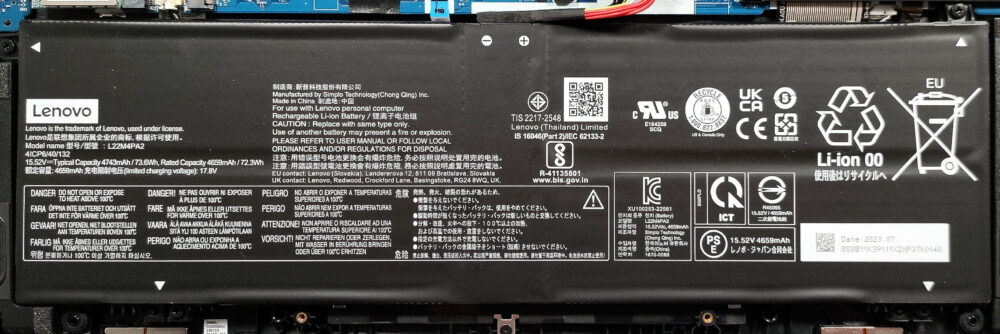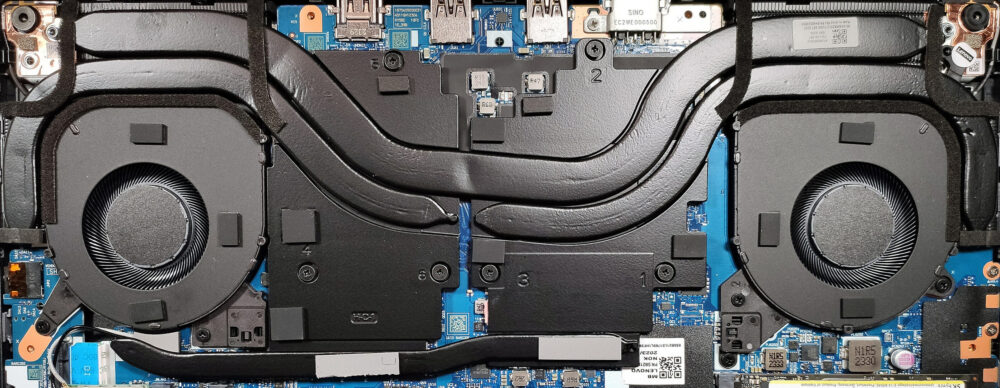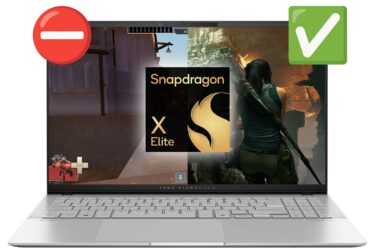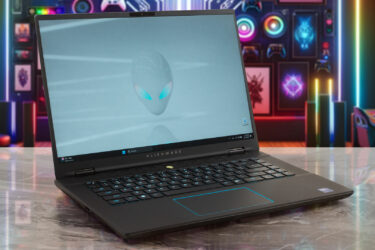How to open Lenovo Legion Slim 5 (14, Gen 8) – disassembly and upgrade options
Step 1: Accessing the Internal Components
- Ensure the Lenovo Legion Slim 5 (14, Gen 8) is powered off and placed on a soft, clean surface to prevent scratches or damage.
- Remove the 10 Phillips-head screws from the laptop’s bottom panel.
- Pop the bottom panel off from one of the top two corners, then use a thin plastic tool to start prying the plate off, beginning from the back.
Hint: Be gentle when prying to avoid damaging the internal clips or the laptop casing.
Step 2: Removing the Battery
- Disconnect the battery by unplugging its connector from the motherboard.
- Remove the 4 Phillips-head screws that secure the battery to the laptop’s chassis, then remove the 73.6Wh battery from the device.
Caution: Handle the battery carefully to avoid puncturing or damaging it.
More info: The 73.6Wh battery offers up to 9 hours and 5 minutes of web browsing or video playback, providing solid battery life for both productivity and leisure.
Memory
- The laptop comes with soldered 32GB of LPDDR5x-6400MHz RAM, ensuring high-speed performance for efficient multitasking and gaming experiences.
More info: While the memory is not upgradeable due to its soldered nature, 32GB of LPDDR5x RAM is ample for most professional and gaming needs.
Storage Upgrade
- Identify the two M.2 slots on the motherboard that support Gen 4 SSDs for high-speed storage solutions.
- Upgrade or add new NVMe SSDs as needed to expand storage capacity or improve overall system responsiveness.
You can buy Gen 4 M.2 SSD modules here: Buy from Amazon.com (#CommissionsEarned)
Step 3: Examining the Cooling System
- Inspect the cooling system, which includes a pair of fans, a thick heat pipe shared between the CPU and GPU, additional pipes for each chip, and two large metal cooling plates, complemented by four heat sinks.
More info: This robust cooling solution is designed to efficiently manage the thermal output, ensuring the laptop maintains optimal performance under load, which is particularly important for gaming and intensive tasks.













